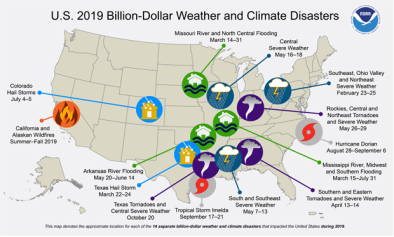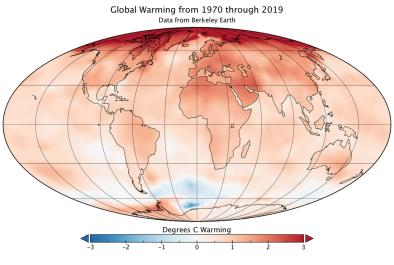Science Source
Anthropogenic carbon release rate unprecedented during the past 66 million years
- States that the Palaeocene–Eocene Thermal Maximum (PETM) is known at present to have the highest carbon release rates of the past 66 million years, but robust estimates of the initial rate and onset duration are hindered by uncertainties in age models
- Introduces a new method to extract rates of change from a sedimentary record based on the relative timing of climate and carbon cycle changes, without the need for an age model
- Applies this method to stable carbon and oxygen isotope records from the New Jersey shelf using time-series analysis and carbon cycle–climate modelling
- Calculates that the initial carbon release during the onset of the PETM occurred over at least 4,000 years, which constrains the maximum sustained PETM carbon release rate to less than 1.1 Pg C yr−1
- Concludes that, given currently available records, the present anthropogenic carbon release rate is unprecedented during the past 66 million years
- Suggests that such a ‘no-analogue’ state represents a fundamental challenge in constraining future climate projections
- States that future ecosystem disruptions are likely to exceed the relatively limited extinctions observed at the PETM
Related Content
Headline

Jan 22, 2020 | Insurance Journal
Natural Disasters in Past Decade Broke Records for Economic, Insured Losses
Headline

Jan 14, 2020 | ClimateWatch Magazine
2010-2019: A landmark decade of U.S. billion-dollar weather and climate disasters
Science Source
| Nature Climate Change
Climate change now detectable from any single day of weather at global scale
Sebastian Sippel, Nicolai Meinshausen, Erich M. Fischer et al
Headline

Dec 5, 2019 | Washington Post
The simplest of climate models run decades ago accurately projected global warming


